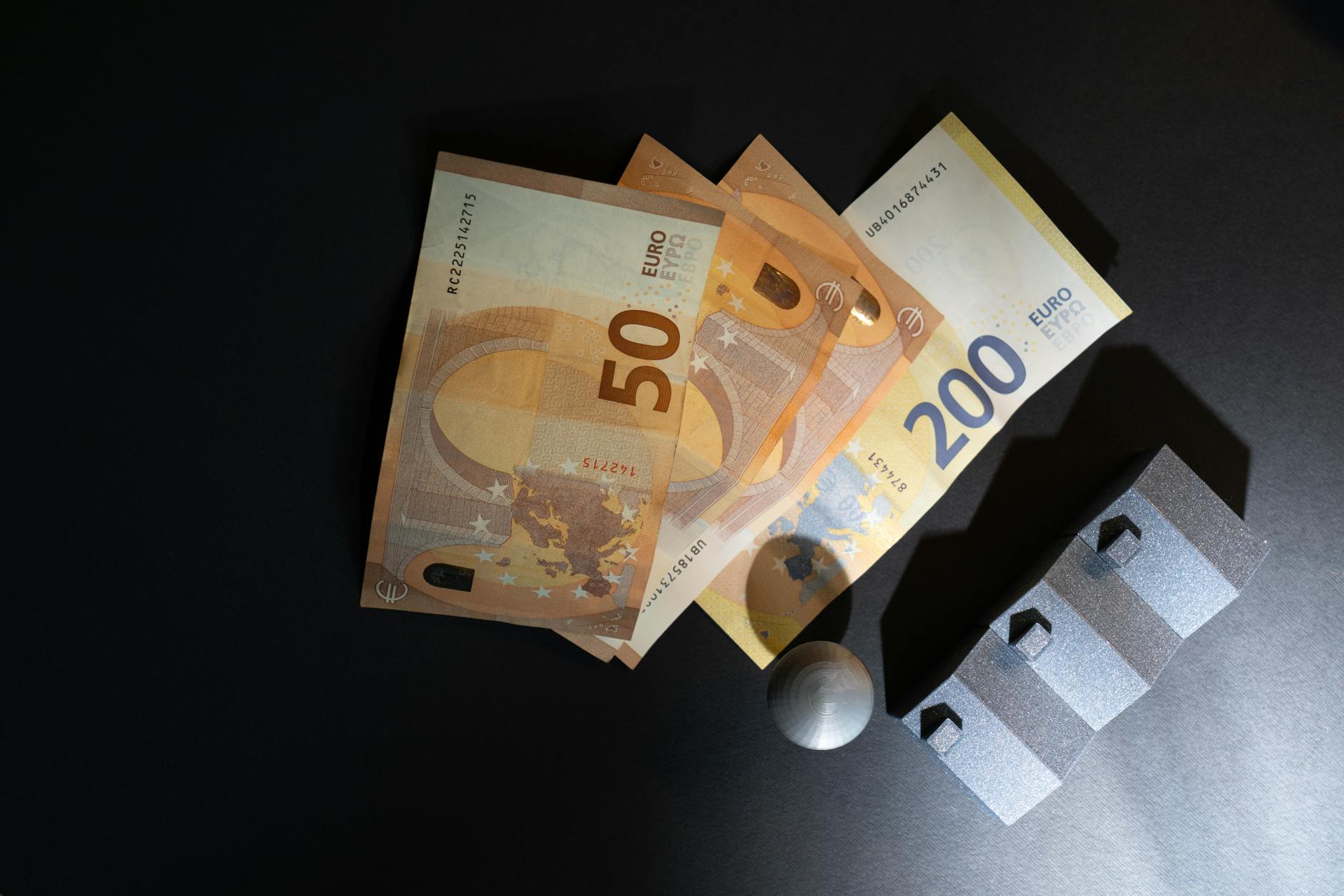How to Maximize Investment Property Financing for Better Returns
How to maximize investment property financing for better returns
Investing in property can be a highly lucrative way to build wealth, but success often hinges on how well you manage your financing. Maximizing investment property financing means not only securing loans with favorable terms, but also strategically leveraging those loans to enhance cash flow and overall returns. In this article, we will explore practical approaches to financing investment properties that can help investors optimize their capital, reduce costs, and improve profitability. From understanding financing options and improving creditworthiness to effectively managing loan structures and balancing leverage, these techniques form the foundation for smarter investment decisions. Whether you’re a seasoned investor or just starting out, grasping these principles can play a vital role in boosting your long-term financial outcomes.
Understanding your financing options
Before diving into financing, it is crucial to understand the variety of loan products available and how they align with your investment goals. Common financing options include:
- Conventional mortgages: These long-term loans typically offer fixed or variable interest rates, ideal for stable, buy-and-hold strategies.
- FHA loans: Backed by the government, these are suitable for investors with lower credit scores but come with certain restrictions on property use.
- Hard money loans: Short-term, high-interest loans often used for flipping or quick acquisitions.
- Home equity loans or lines of credit: Leveraging your own home’s equity to fund investment purchases.
- Portfolio loans: Offered by banks that hold loans in-house, often more flexible for unique investment portfolios.
Choosing the right type depends on your financial situation, investment timeline, and risk tolerance. Understanding these options ensures you don’t overpay for financing or select unsuitable terms.
Improving creditworthiness and financial profile
Lenders base loan terms heavily on your credit score, debt-to-income ratio, and overall financial health. Improving these factors enables you to secure lower interest rates and better loan conditions, which directly improve cash flow. Key steps include:
- Paying down existing debt to lower your debt-to-income ratio.
- Reviewing and correcting credit report errors to boost your credit score.
- Maintaining on-time payments and reducing outstanding balances.
- Saving for larger down payments to reduce loan-to-value ratios.
Even small improvements in these areas can lead to significant savings over time. For example, dropping from a 5.5% to a 4.5% interest rate on a $300,000 loan can save over $6,000 annually in interest.
Strategic use of leverage for enhanced returns
Leverage allows you to control properties worth more than your actual capital, potentially increasing returns. However, excessive leverage raises risk, particularly during market downturns. A balanced approach includes:
- Maintaining a loan-to-value (LTV) ratio that preserves positive cash flow under various scenarios.
- Considering fixed-rate loans to provide payment stability.
- Utilizing refinancing opportunities to reduce interest rates as market conditions improve.
Below is a comparison showing potential returns based on varying leverage levels for a $500,000 property:
| Equity invested | Loan amount | Loan-to-value ratio | Annual Return on equity (assumed 8% property appreciation) |
|---|---|---|---|
| $100,000 | $400,000 | 80% | 40% |
| $200,000 | $300,000 | 60% | 20% |
| $250,000 | $250,000 | 50% | 16% |
Higher leverage increases return on equity but also risk and monthly debt obligations. Always stress-test your financing strategy against vacancy rates, maintenance costs, and potential market shifts.
Managing costs and optimizing cash flow
Financing isn’t just about securing funds but also managing ongoing expenses effectively. Paying attention to the following can drastically improve returns:
- Negotiating loan terms such as origination fees, prepayment penalties, and closing costs.
- Refinancing when rates drop to lower monthly payments.
- Using interest-only periods strategically if cash flow is tight but income is expected to rise.
- Structuring loans for tax benefits without compromising liquidity.
Careful budgeting for maintenance, insurance, and vacancy ensures loan payments never become unmanageable, protecting your investment during downturns.
Building a financing plan aligned with your investment goals
Finally, all these elements must come together in a tailored financing plan that matches your investment strategy and risk tolerance. Some investors prioritize steady cash flows, while others focus on capital gains through appreciation. Aligning loan terms, down payments, and property selection with these goals is essential.
Regularly revisiting and adjusting your financing approach as market conditions and personal finances evolve is key to maintaining optimal returns. Consulting with mortgage advisors, financial planners, and experienced investors can provide valuable insights specific to your situation.
Conclusion
Maximizing investment property financing requires a comprehensive understanding of loan options, a strong financial profile, and strategic use of leverage. By carefully selecting loans that fit your goals, improving your creditworthiness, and managing costs to protect cash flow, you can significantly enhance your property returns. Remember that balance is critical—high leverage can boost equity returns but also introduces risk that must be managed thoughtfully. Ultimately, creating a dynamic financing plan tailored to your unique investment objectives and market realities will position you for long-term success. With diligence and informed decisions, smart financing turns property investments into powerful wealth-building tools.
Image by: Jakub Zerdzicki
https://www.pexels.com/@jakubzerdzicki
editor's pick
latest video
news via inbox
Nulla turp dis cursus. Integer liberos euismod pretium faucibua

